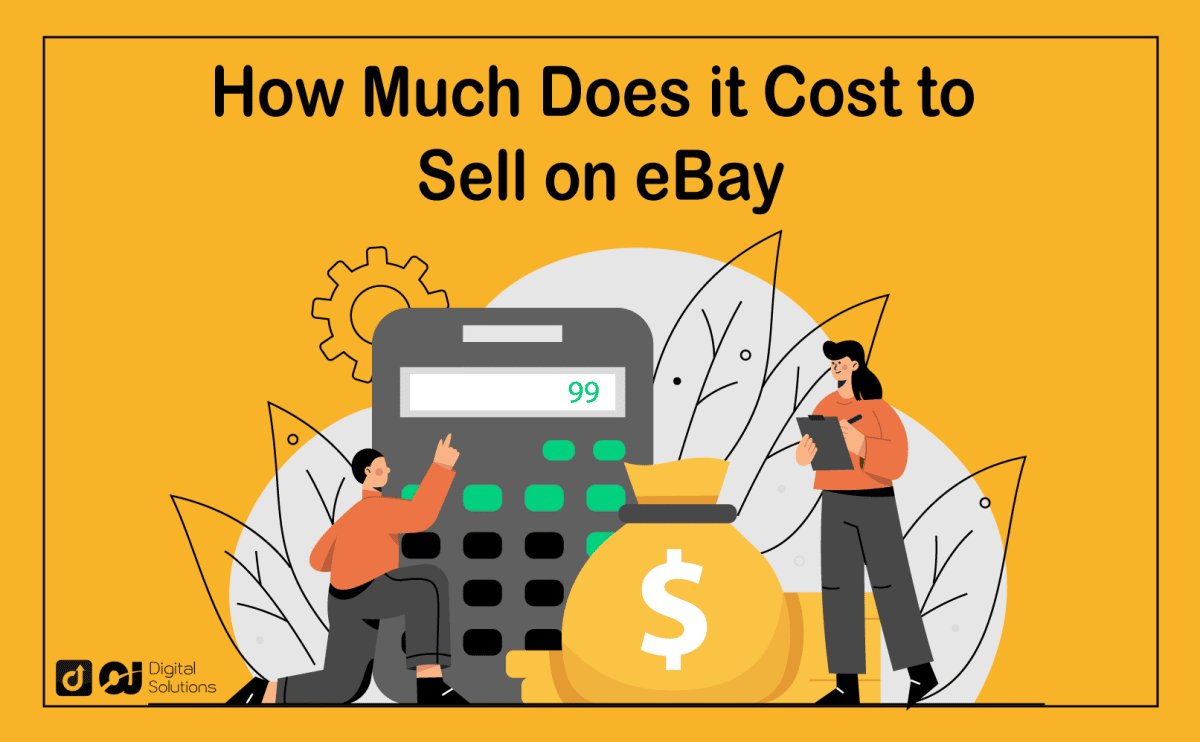How much does it cost to sell on eBay? You’ve come to the right place for answers.
eBay charges people to sell on its platform. You need to know how much these charges are to build a profitable business.
As a fellow ecommerce business owner, I want to help your eBay store succeed.
I want you to be one of the many winning eBay sellers, so I created this guide to discuss everything you need to know about the costs of selling on eBay.
Let’s begin.
How Much Does It Cost to Sell on eBay?
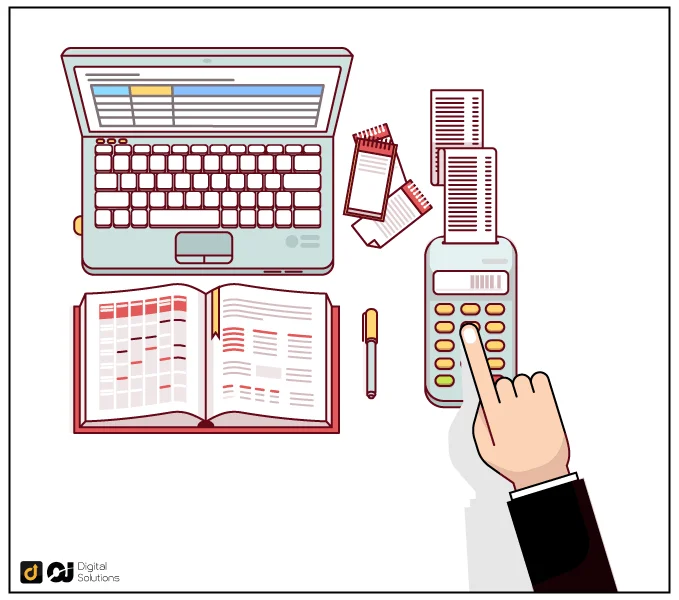
What are the fees eBay charges sellers? You must consider many factors before determining how much you’ll pay every time an item sells on your eBay shop.
1. Price of Products You List
Some fees are a portion of the sale when your item sells. The charge will vary depending on the product’s price on eBay.
2. Shipping Costs
eBay sellers must pay a part of their customers’ shipping fee. There’s also an international fee when sending a product overseas.
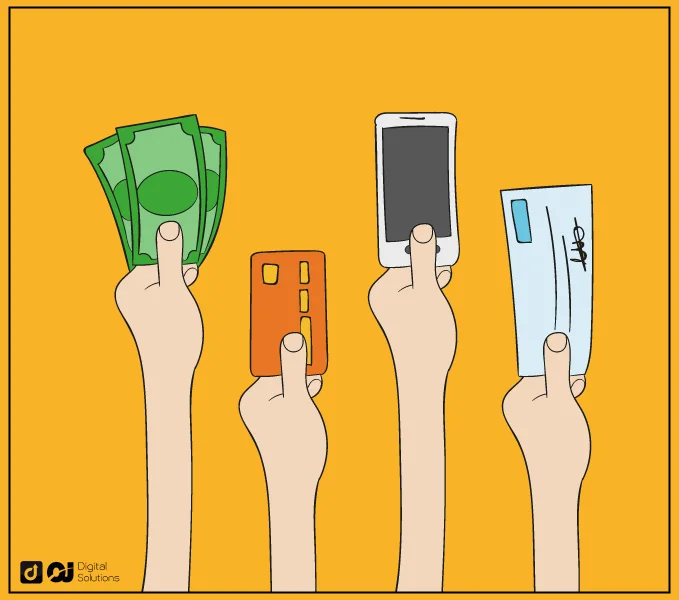
3. Payment Options
Fees also depend on your payment options. PayPal fees will be different from Apple Pay or Google Pay fees.
4. eBay Store Subscription
You should also know the cost of your eBay store subscription plan.
More expensive plans allow you to list more items for free, meaning you’ll pay less when the item sells.
Standard eBay Fees and Costs
Here are the different eBay selling fees and costs associated with your store.
1. Listing Insertion Fee
The listing insertion fee (or listing fee) is a fixed price you pay eBay to list an item on their online marketing place. The insertion fee will apply to both an auction-style and fixed-price listing.
The good news for eBay sellers is that you’ll get 250 zero-insertion fee listings monthly for most categories.
Once you go beyond the first 250 free monthly listings, you must pay a $0.35 fee to add products to your eBay store.
Listing insertion fees are higher for real estate listings. You’ll need to pay $35 for residential properties and $100 for commercial ones.
You can get more zero-insertion-fee listings by going beyond a free subscription.
The Starter Store plan is eBay’s basic store subscription. It’s also the most affordable. It starts at $7.95 monthly, which changes to $4.95 monthly if you choose annual billing.
Check out this list to see how many free listings you get with each subscription plan.
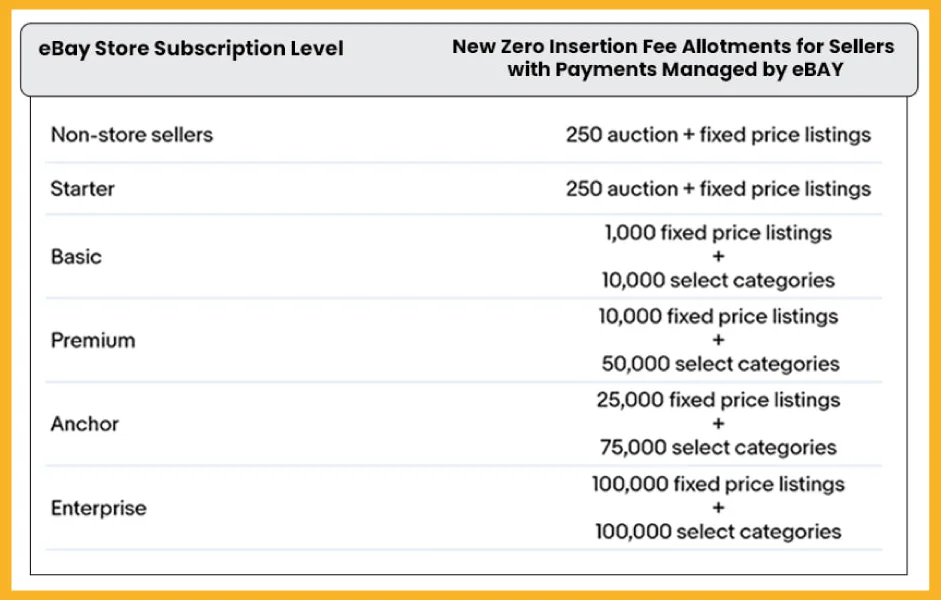
There’s no need to upgrade to a higher plan if you’re only starting. Consider upgrading to your plan once you start selling more. Doing so lets you reduce eBay selling fees.
Note: Listing insertion fees are non-refundable. You’ll need to pay them whether or not your item sells.
2. Final Value Fees
| Category | Final Value Fee |
|---|---|
| Most standard categories (trading cards, collectible card games, etc.) | 13.25% of the total sale amount up to $7,500 (calculated per item) 2.35% on the sale portion over $7,500 |
| Books, DVDs, movies, and music | 14.95% of the total sale amount up to $7,500 (calculated per item) 2.35% of the sale portion over $7,500 |
| Clothing, shoes and accessories, women’s bags, handbags | 15% of the total sale amount up to $2,000 (calculated per item) 9% of the total sale amount over $2,000 (calculated per item) |
| Jewelry and watches (not including watches, parts and accessories) | 15% of the total sale amount up to $1,000 (calculated per item) 6.5% of the sale portion over $1,000 up to $7,500 (calculated per item) 3% of the sale portion over $7,500 |
| Art and art NFTs | 5% of the total sale amount |
| Select business and industrial categories | 3% of the total sale amount up to $15,000 (calculated per item) 0.5% of the sale portion over $15,000 |
| Musical instruments and gear, guitars and basses | 6.35% of the total sale amount up to $7,500 (calculated per item) 2.35% of the sale portion over $7,500 |
| Select clothing, shoes, and accessories | 8% of the total sale amount if it’s $150 or higher (eBay won’t charge the $0.30 per order fee.) 13.25% of the total sale amount if it’s less than $150 |
These fees act as an eBay commission fee and are percentage-based. eBay automatically deducts the final value fee on products that sell, whether the customer pays for the item or not.
There isn’t one final value fee percentage for all products. The cut on additional final value fees depends on the product’s category.
What percentage does eBay take for final value fees?
Here’s a breakdown of the most common rates of final value fees for managed-payments sellers.
Most Standard Categories
These categories have a final value fee of 13.25% of the total sale amount. The fee is $7,500 (calculated per item) and 2.35% on the sale portion over $7,500.
Products in these categories include Vinyl Records and eBay Motors, automotive tools, accessories and supplies, and safety and security accessories.
Books, DVDs, Movies, and Music
The final value fee is 14.95% of the amount of the sale up to $7,500 and 2.35% on the amount of the sale over $7,500.
Clothing, Shoes and Accessories, Women’s Bags, and Handbags
The fee is 15% of the sale amount up to $7,500 (calculated per item). You pay 9% on the amount of the sale over $7,500.
Jewelry & Watches (Except for Watches, Parts & Accessories)
The fee is 15% of the sale amount up to $5,000 (calculated per item). You pay 9% on the amount of the sale over $7,500.
Art and Art NFTs
You pay 5% of the sale amount.
Select Business and Industrial Categories
You pay a $20 insertion fee plus 3% of the amount of the sale up to $15,000 (calculated per item). You also pay 0.5% on the portion of the sale over $15,000.
Musical Instruments and Gear, Guitars and Basses
The fee is 6.35% of the amount of the sale, up to $7,500. You also pay 2.35% on the portion of the sale over $7,500.
Select Clothing, Shoes, and Accessories
The fee is 8% of the sale amount if it’s $150 or more. You pay 13.25% if the amount of the sale is less than $150.
eBay bases its percentage cut on the starting price for auction-style listings. For fixed-price listings, eBay charges the declared sale price of the listing.
eBay charges final value fees whether or not the buyer pays for the item. No need to worry, though. You can usually get fee credits when a customer requests a refund or cancels a sale.
eBay calculates final value fees based on the following:
- Item price
- Handling charges
- The shipping service the buyer selects
- Sales tax
- And any other applicable fees.
Consider adding the final value fee to your shipping costs, taxes, and other fees.
You’ll also need to study the international fees you pay when shipping to a buyer outside your country since it affects the final value fee.
Consider final value fees when reselling products. You don’t want to sell at a loss because you didn’t consider the total sale’s final value fees.
3. Optional Listing Upgrade Fees
You have the following optional listing upgrades:
- Making the listings bold
- Adding subtitles
- Adding more photos
- Using eBay’s Listing Designer
- Setting a reserve price for auction-style listings
- Getting international visibility
- And other optional upgrades
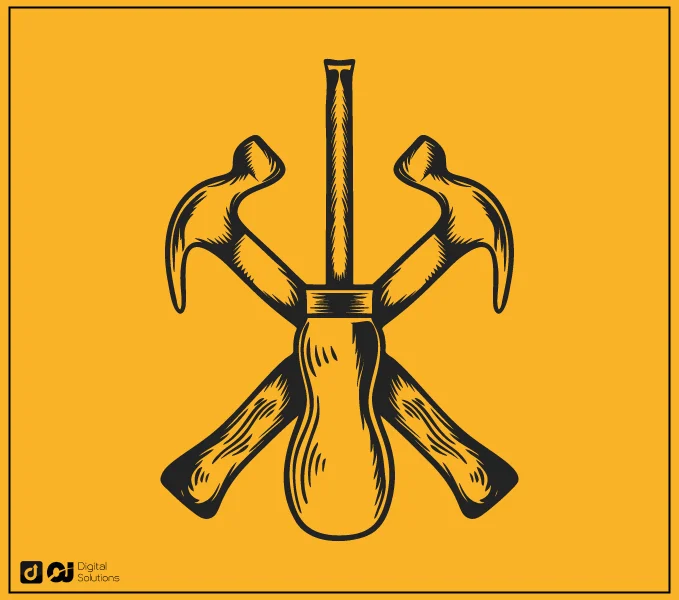
These listing upgrades are optional. You don’t pay for them if you don’t want to use them.
However, an optional listing upgrade can give your listing an edge and visual appeal that could translate to more sales.
Check out the guide on selling fees on the eBay site for a full breakdown of all the optional listing upgrades.
4. Optional Promoted Listings Fee
Optional listing upgrades aren’t the only boosts you might need. You can also pay optional promoted listing fees to increase visibility on eBay’s channels.
Your products appear prominently in search results when you pay for promoted listings. Your listings will also appear on related items when people search for an item similar to yours.
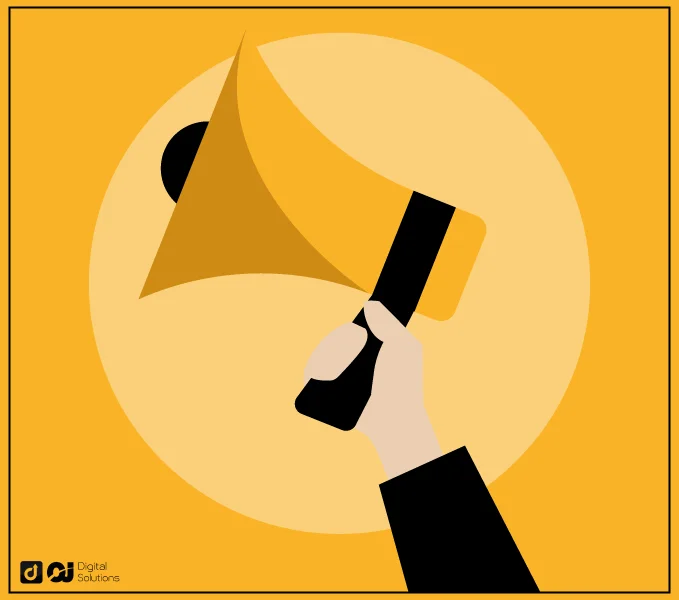
Sellers determine how much they want to pay for eBay’s promoted listing prices. eBay charges the advertiser when a buyer clicks on their ad.
At the moment, sellers can only promote fixed-price listings. eBay also doesn’t provide promoted vehicle, real estate, and travel listings.
5. Classified Listing Fees
Another way eBay helps sellers is by offering classified listings.
With classified listings, eBay sends sellers’ contact information to buyers so they can connect with the seller directly.
Classified listings happen outside of eBay’s platform. However, there are still strict rules for using people’s contact information. If a seller abuses a buyer’s info, eBay can restrict or suspend them.
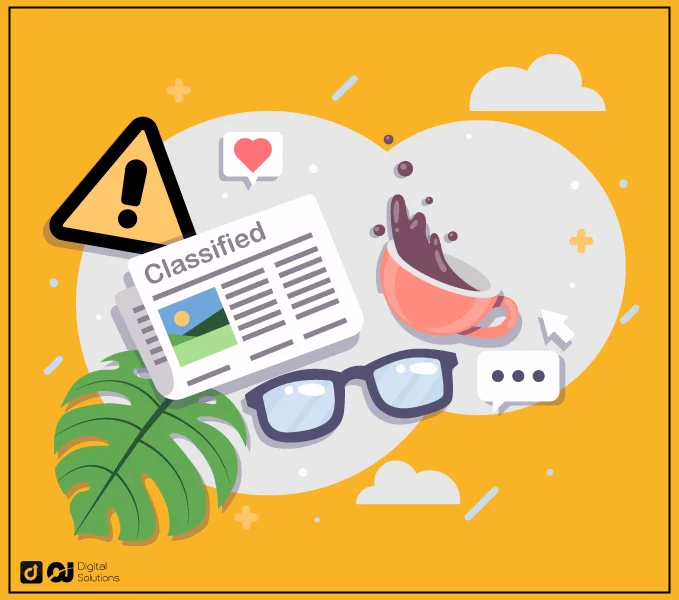
The fee for a classified ad is $9.95 for 30 days. There will be no final value fees, and you’ll appear in one of four categories.
- Business & Industrial (building materials and supplies, trade show displays, and websites and businesses for sale)
- Specialty services (home improvement, artistic services, custom clothing and jewelry, graphic and logo design, web and computer services, and media editing and duplication)
- Travel (lodging, luggage, vintage luggage, and travel accessories)
- Other categories (eBay user tools, funeral and cemetery, information products, reward points, and incentives)
6. Punitive Fees
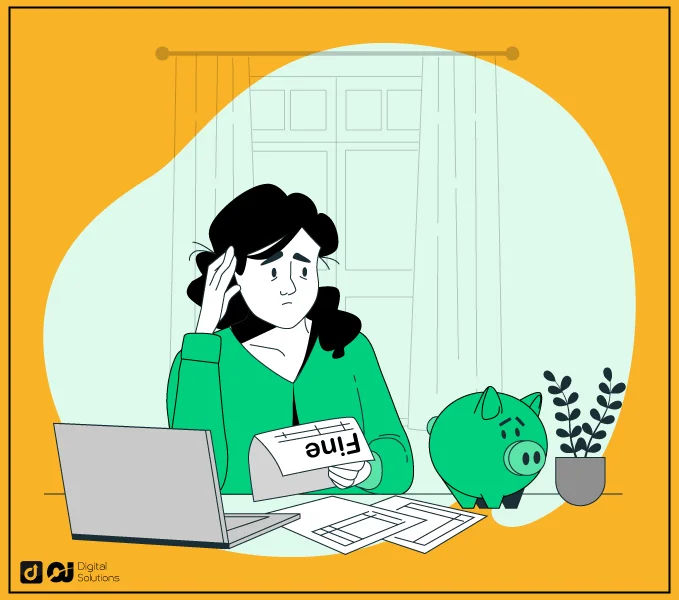
eBay can charge specific punitive fees if you don’t abide by the platform’s seller rules.
If you sell or transact with a buyer outside of eBay’s ecosystem, eBay will still charge you the transaction’s final value fee.
eBay will also charge you according to the maximum auction price instead of the minimum when doing auction-style listings.
Avoid paying punitive fees by staying within the boundaries of eBay’s selling policies.
7. International Fees
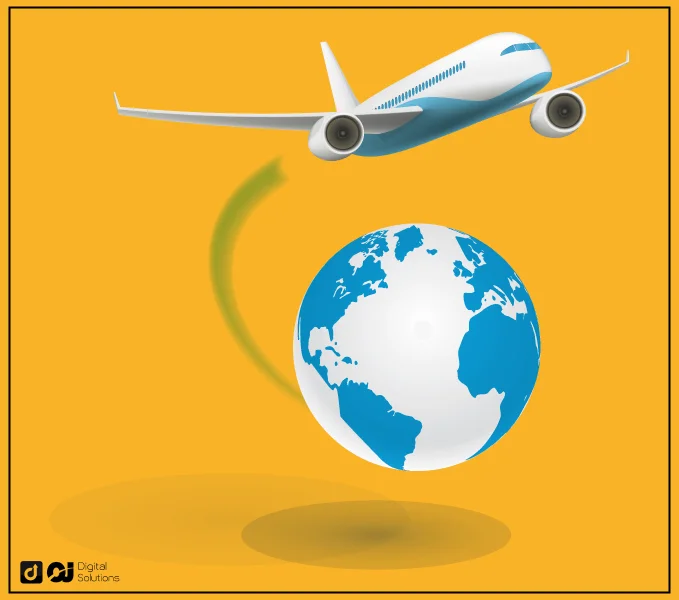
If you’re a US eBay seller, eBay will charge you an international fee when you deliver outside the US.
International fees are usually 1.65% of the total amount of the sale. eBay automatically deducts this amount from your sales.
8. Payment Processing Fees on Managed Payments
The beauty of selling on eBay is that the marketplace can process payments for you. However, this service isn’t free.
eBay will charge you a payment processing fee for managed payments.
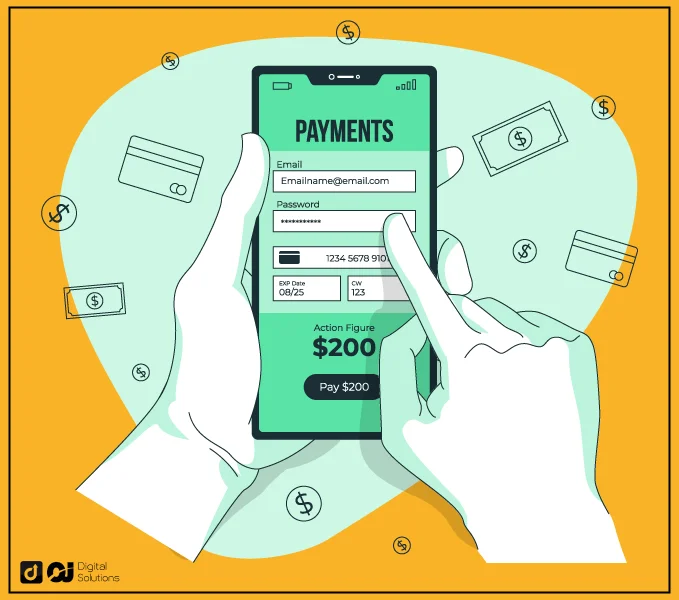
eBay’s managed payments allow you to accept all sorts of payment methods.
- Apple Pay
- Google Pay
- Credit and debit cards
- Gift cards
- And more
eBay will take 2.9% plus $0.30 for every sales transaction.
PayPal also charges an additional fee (1% for instant transfers) to transfer funds from your PayPal account to your bank.
9. Shipping Fees
You must calculate your shipping costs yourself because eBay won’t do it for you.
Your shipping costs will vary depending on your chosen courier, but here are the most popular options:
USPS
Use the USPS shipping calculator to calculate the costs of your packages.
UPS
UPS also has a shipping calculator to help you calculate the costs of your packages.
FedEx
FedEx also has a shipping calculator to help you estimate shipping costs.
How To Reduce eBay Seller Fees
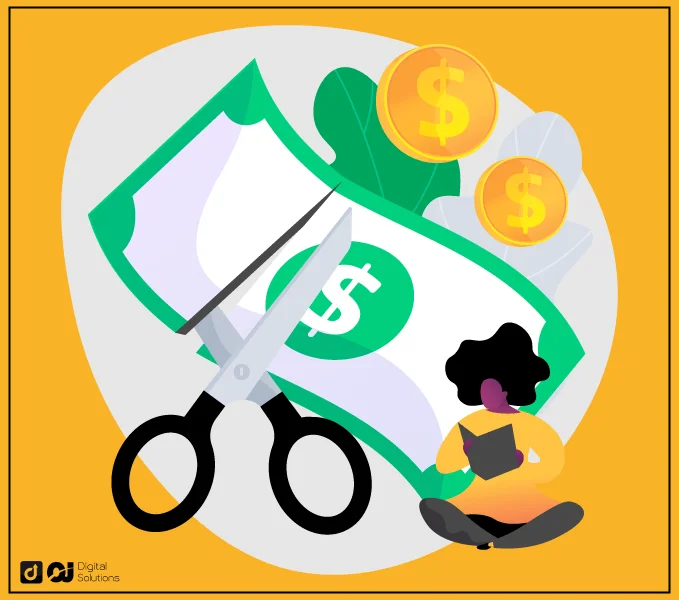
Why are eBay fees so high?
Remember that eBay is a business. Like any business, the platform needs revenue to continue operating.
eBay’s selling fees are the platform’s way of ensuring their operations continue. You’re paying for the opportunity to sell on the eBay marketplace, so expect to pay seller fees.
However, eBay store owners can find ways to reduce the selling fees they pay.
Determine the right store subscription for your needs. The number of free listings goes up when you pay for more, so consider increasing your fixed monthly fees to list more items for free.
You should also avoid unnecessary upgrades so you don’t end up paying more upgrade fees than you should.
Furthermore, don’t forget to follow up with buyers when they don’t pay for their orders. Doing so prevents you from paying fees on unsold products.
The Bottom Line
Hopefully, my guide has made it easier for you to understand the fees you must pay to sell on eBay.
Considering your selling costs enables you to maximize the power of platforms like eBay and start a profitable business.
Don’t be intimidated by eBay’s fees, and start your journey to success today. You can increase your chances by knowing the best things to sell on eBay.

